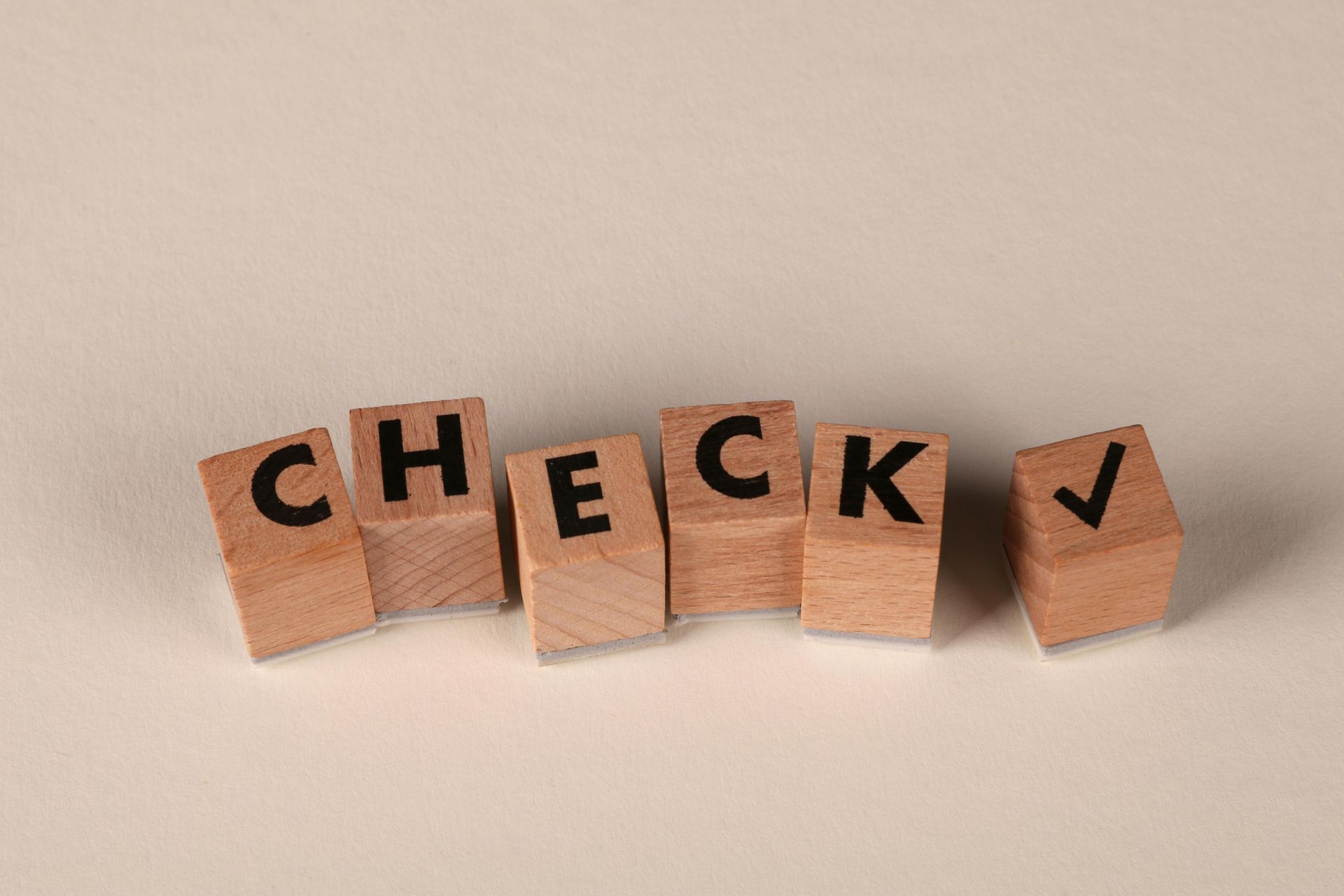Claims That Can Be Asserted in Opposition and Cancellation Proceedings
ATTORNEYS IN DALLAS
Learn about the grounds and claims for opposing a trademark application or canceling a registration, including factors like likelihood of confusion, functionality, deceptive marks, use of insignia, and more, within the specified timeframes and parameters.
Claims That Can Be Asserted in Opposition and Cancellation Proceedings
If a party wishes to oppose a pending trademark application or cancel a trademark registration that is less than five years old, they can challenge the trademark based on any grounds that could have prevented its initial registration. However, if the party files a Cancellation Petition and the subject trademark registration is over five years old, the Petitioner will be limited to specific grounds listed in Section 14 of the Lanham Act. It's important to note that this limitation on grounds applies only to marks registered on the Principal Register.
This page will discuss the claims that can be made in a Notice of Opposition or a Petition to Cancel when the trademark registration is not more than five years old. One of the most commonly asserted grounds in Opposition and Cancellation Proceedings is likelihood of confusion. To assert this ground, the plaintiff must have a proprietary right in the mark. This means the mark must be registered on the Principal Register (presumed valid if registered), or if not registered, it must be demonstrated that the mark has acquired distinctiveness or secondary meaning. Additionally, the Opposer or Petitioner must establish priority over the Defendant, and demonstrate a likelihood of confusion.
Another ground that can be raised is functionality. The functionality doctrine aims to preserve competition by not allowing trademark protection for product configurations and design features that are functional or utilitarian. A product feature will be considered primarily functional if it is essential to the article's use or purpose, or if it affects the cost or quality of the goods. This doctrine limits the registration of trade dress. Immoral or scandalous matter can also be asserted as a ground to oppose or cancel a trademark. The rationale behind this restriction is that the U.S. government does not want to be seen as endorsing offensive or immoral marks.
Claims of deception can also be raised in an Opposition or Cancellation proceeding. Marks may be deceptive in relation to geographic or non-geographic matters. The test is whether the term misdescribes a character, quality, or function, if prospective consumers believe that the misdescription describes the goods, and if the misdescription is likely to affect their purchasing decision. Another claim that can be made in TTAB (Trademark Trial and Appeal Board) matters is that a mark falsely suggests a connection or disparages.
A claim may also be asserted if the mark consists of a flag, coat of arms, or other insignia of the U.S., any state or municipality, or any foreign nation. Moreover, a mark cannot consist of a name, portrait, or signature identifying a living individual without their written consent. If the mark contains the name, portrait, or signature of a deceased president during the life of their widow, the widow's written consent is required. An Opposer or Petitioner can also assert a claim based on the mark being merely descriptive of the goods or services in which it is used. This includes marks that are primarily geographically descriptive, geographically deceptively misdescriptive, or simply geographically deceptive. Additionally, a claim can be brought if the trademark is generic or was fraudulently obtained.
Further grounds that may be asserted in an Opposition or Cancellation proceeding include: (1) if the mark is merely a surname; (2) if the application was not filed by the mark owner; (3) if the mark was not yet in use in commerce at the time of application filing; (4) failure to disclaim unregistrable matter; (5) lack of bona fide intent to use; (6) abandonment, which can be based on material alteration of a mark, naked licensing, failure to police the mark, naked assignment, or invalid assignment of an intent-to-use application; (7) dilution; or (8) misrepresentation of source. There are numerous claims that can be raised to challenge a trademark application or registration.
Contact an Experienced Trademark Attorney
If you need legal advice regarding your trademark rights, assistance with trademark prosecution, or representation in a domain name dispute, contact Wilson Whitaker Rynell. Our team of trademark lawyers has extensive experience in all aspects of trademark and copyright law, including the filing of trademark applications and representing clients in defense or prosecution before the Trademark Trial and Appeal Board.
- 66(a) Applications
- Abandoning a Trademark Application or Withdrawing a TTAB Proceeding
- Abandonment and Nonuse
- Abbreviations as Trademarks
- Accelerated Case Resolutions
- Acquired Secondary Trademark Meaning
- Amending Trademark Application
- Assigning a Trademark
- Assigning a Trademark and the Intent to Use Application
- Avoiding Fraud on Trademark Applications
- Avoiding Trademark Litigation
- Basis for Filing a Trademark
- Benefits of Registering a Trademark
- Bona Fide Intent to Use
- Celebrity Trademarks
- Challenging the Relatedness Factor
- Challenging Trademark Rights
- Claims in a Notice of Opposition
- Co-Existence Agreements
- Common Law Trademarks in the Internet Era
- Common Law Use and Priority
- Conflicting Marks
- Consent Agreements
- Constructive Use Priority
- Dates of Use
- Defenses in Opposition and Cancellation Proceedings
- Descriptive or Generic Trademarks
- Design Marks
- Design Trademarks
- Determining Trademark Similarities
- Discovery in TTAB Proceedings
- Dividing a Trademark Application
- Drawing Page
- Electronic Display Specimens for Trademarks
- Evidence in TTAB Proceedings
- Evidence of Acquired Distinctiveness
- Expediting Trademark Cancellation for Nonuse or Abandonment
- Extending Time to Oppose
- Factors of a Likelihood of Confusion Analysis
- False Suggestions of Connection
- Famous Trademarks and Likelihood of Confusion and Dilution
- Filing an Opposition or Cancellation Proceedings
- First Sale Doctrine
- Five Years of Use
- Foreign Trademark Rights
- Generic Trademarks
- Geographic Trademarks
- Hiring Trademark Counsel
- Immoral and Scandalous Trademarks
- Incontestability of U.S. Trademarks
- International Trademark Filings
- Joint Trademark Ownership
- Lawful Use of a Trademark in Commerce
- Likelihood of Confusion Analysis
- Likelihood of Confusion Refusal
- Merely Descriptive Trademarks
- Multiple Bases for a Trademark Application
- Overcoming and Ornamentation Trademark Refusal
- Personal Name Trademarks
- Principal and Supplemental Registers
- Protecting Single Creative Works
- Recording Trademark Assignments
- Refusal of a Trademark
- Refusing a Trade Dress Application
- Registering a Certification Trademark
- Registering a Service Mark
- Registering a Trademark That Lacks Inherent Distinctiveness
- Registering an International Trademark
- Relatedness of Goods or Services
- Request for Reconsideration in Trademark Office Action
- Requirements for International Trademark Application
- Revive an Abandoned Trademark Application
- Secondary Meaning
- Source Confusion
- Special Trademark Applications
- Standard Character and Special Format Marks
- Standing in Opposition and Cancellation Proceedings
- State Trademark Registration
- Statement of Use Extensions
- Tacking Doctrine
- Technical Trademark Use
- The Supplemental Register
- Trade Dress
- Trade Dress Application
- Trademark Application
- Trademark Clearance Searches
- Trademark Disclaimers
- Trademark Licensing
- Trademark of Authors, Performing Artists, and Characters
- Trademark Ownership
- Trademark Protection In Texas
- Trademark Settlements
- Trademark Specimens
- Trademark Specimens
- Trademark Use by Related Company
- Trademark Use in Advertising
- Trademark Use in Commerce
- Trademarking a Distinctive Mark
- Trademarking a Hashtag
- Trademarks for Musical Artists
- TTAB Discovery Rules
- TTAB Proceedings
- U.S. Service Mark
- U.S. Trade Dress
- Understanding Trade Channels
- Unitary U.S. Trademark
- Universal Symbols as Trademarks
- Using Secondary Sources
- What is an Ex Parte Appeal?
- Where to Register a Trademark
- Who Must File a Trademark?
CLIENT MATTERS
5,000+
YEARS OF SERVICE
25+
Award Winning
Recognized in the legal industry as dedicated board-certified lawyers and Rising Stars.
Expert Team
Your project will be handled by legal experts every time. You will have the most experienced attorneys working for you.
Quality Representation











